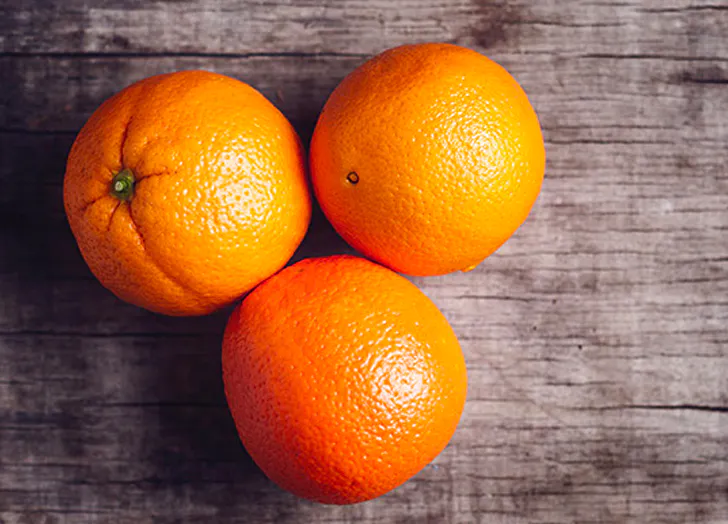Big Orange
 The Subject
The Subject
I like big oranges. Navel or winter or Jaffa or whatever they’re called at various points of the year. They’re always big. Bigger than clementines or satsumas (what is the difference?) or other citrus fruit of that colour but which are smaller. They’re satisfying to eat, they fill you up somewhat, generally juicy, and a good size. They can be a pudding or a snack and you’re not looking around for another or something else. An all round good fruit.
One thing that I’ve found over the years of eating big oranges in public, is that not many people like big oranges. I’m surprised by this, given all the reasons I’ve stated why big oranges are good. What’s also surprising, but equally surprisingly common, is that people will comment about how the orange looks nice but state that they’d never eat one. They stand there and watch me take it out my bag or pick it up from its resting place on my desk and begin the peeling process. Maybe they mutter it, maybe they say it clear as day, or maybe they just think it, but it’s always the same: “I’d never eat a big orange”.
Now is a good time to talk about the process of peeling a big orange. I think this is important as I think this is one of the main reasons why people don’t like eating big oranges. I could be wrong as I’ve never challenged people to why they’d never eat a big orange, out of respect of their life choices, but I reckon the peeling plus one other item is why.
The peeling process does depend on the type of orange. (I’m aware of Homer Simpson taking a marriage class, whilst Hans Moleman takes an orange eating class in a classic episode of The Simpson’s (S5E22 if you must know)).
 The Orange Eating Class
The Orange Eating Class
Anyway, if the skin is thick then it’s typically very easy to peel. A single peel is very achievable, even by the most novice of big orange eater. If the skin is thin then it can be slow going, especially if you get into the pick off tiny pieces mode. I recommend just skipping straight to the knife and cutting it into segments if you find yourself in this situation.
Start by rolling it around in your hands, then alternative squeezing it with your thumbs. You’re trying to “soften it up” I find it helps relax or even break the bond of the skin to the segments. However, you don’t want to squeeze it too much as you might burst the cell walls and end up in a messy situation. The next stage is the first pierce of the skin. I like to find a spot around the Tropic of Cancer - imagine the orange as the Earth with the top that connects to the tree as the North Pole. You pinch the skin together a little to try and raise it away from the flesh. Do this with your thumb and index finger, then pierce the skin with your thumb. You don’t need to have big or sharp nails to do this. You need a nail but mine are short and work just fine. Once you’re in, then it’s about trying to pull away the skin without it breaking too soon. You’re trying to peel off a reasonable sized piece first, so that you have a good perimeter of skin in which to attack next. I use my thumb under the skin to separate it and work more of it away from the flesh. Once I have a decent sized piece, maybe 2” / 5 cm diameter piece, then I head up to the North Pole to pull out the pith stalk that’s inside. It has quite a big of friction and if you try with a too small piece of skin first then you risk breaking the skin away from the top and having to tackle it again in a harder manner. Once this is done then it’s a case of going around the rest of the skin with your thumb underneath and prising away more until it’s all done. Depending on the type of orange the South Pole can be tricker and generally messier. This is where you might get a belly button looking part which has lots of tiny segments inside all linked together in middle segment of a cone shape. Depending on what’s there I often find that leaving the very southern tip still with skin on and then opening up the orange into two halves makes getting this part out much easier. It’ll generally come away in two pieces on each half. It’ll have some orange on it that you could eat. However, if this is your first time I’d suggest just composting that part with the skin and worry about it another day.
From there you can just peel off large chunks of white pith that you probably don’t want to eat and then peel each segment apart from the main group and enjoy. If the segments are torn or some came off with the skin then you just have to improvise and eat as it comes. This is a situation which I can very clearly see why some people would be put off. That brings us nicely to the second main reason why people don’t eat big oranges:
The Mess 😱
This is particularly important when you’re not at home in the comfort of your own kitchen or shower. This is where people at work look at you dumbfounded. The risk you’ve introduced into the workplace by bringing, peeling and then eating a big orange when you never quite know the outcome of the peeling is, in many people’s view, unacceptable. The only credible mitigation that they’d accept is not eating the orange in the first place. Elimination, as the highest tier of risk mitigation strategy, is all they’d consider. This is where I feel they’re missing out. With great risk, comes great reward. That is not to say that I’ll risk it all, but with proper procedures and a competent operator, anyone can enjoy the fruits of a big orange.
But I understand. You don’t want orange juice on your hands, or face, or trousers or clothes or wherever, it’s messy, sticky, and ruins your look. Again, follow the process and you can be safe. If you’re really worried, find a sink and peel and eat the orange over it. Probably you want to practice this at home as you might get even more comments than merely eating a big orange in the first place. You can then direct any stray juice into the sink and wash your hands afterwards.
So I hope you can join me in the pleasure of eating a big orange wherever you may please and stand out amongst your peers.
🧡🧡🧡
If I wanted to see a man eating an orange, I would’ve taken the orange-eating class!
Ground’s Keeper Willie 🍊